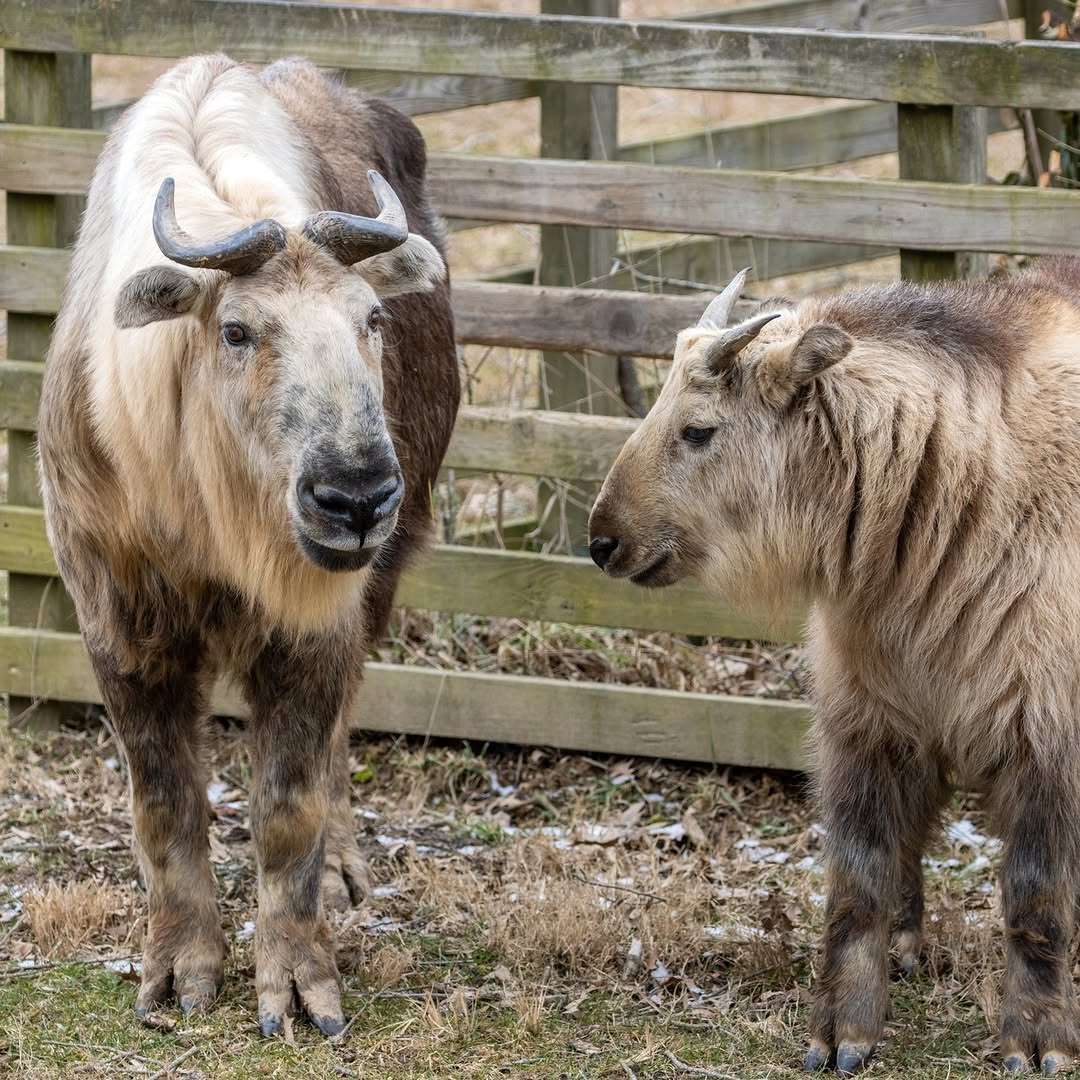- Understanding the significance of “Bye, see you next year!” in the context of seasonal zoo operations and wildlife patterns.
- Exploring the behavioral biology and seasonal cycles of animals in the wild and in captivity.
- The role of zoos and conservation programs when facilitating seasonal changes and migrations.
- Challenges and strategies in zoo management related to seasonal transitions to enhance visitor experience and animal welfare.
- Efforts and importance of public awareness and education about seasonal behavior in wildlife conservation.
When your friend jokingly says, “Bye, see you next year!” at the end of December, they’re alluding to the short span until the new year arrives. However, this phrase takes on a more meaningful dimension within the framework of zoo management, wildlife conservation, and zoology. The statement reflects the seasonal transitions that influence animal behaviors and zoo operations. Understanding these elements provides a deeper insight into the intricacies of animal life cycles and the critical processes behind managing them in conservation settings.
Zoos around the world are not only centers of education and preservation but reflections of how human observations link with natural animal behaviors. The phrase “see you next year” symbolizes the seasonal shifts that are often key for many species. Seasonal changes impact animal behavior in terms of breeding, hibernation, and migration. Proper management of these cycles is essential in both wild habitats and controlled environments like zoos. By understanding this deeper meaning, one grasps how important it is to maintain the delicate balance of ecosystems and seasonal rhythms in wildlife conservation.
In the wild, animals are well attuned to nature’s cycles. Many species depend on these natural occurrences for survival. For example, numerous migratory birds travel thousands of miles to take advantage of seasonal food abundance found in different regions. During winter, a phrase like “see you next year” becomes a literal farewell as they head to more temperate climates. Photoperiod, or the amount of daylight in a 24-hour period, is a critical cue for animals in the wild that affects breeding cycles, migration timing, and hibernation. Successful wildlife conservation efforts often require mimicking these natural conditions in zoos to promote healthy behavior in captive populations.
Zoos employ various methods to mimic the natural seasonal transitions that animals would experience in the wild. Implementing controlled light cycles and temperature changes can help simulate the animal’s natural habitat conditions. This approach is vital for species that have complex seasonal behaviors, such as hibernation in bears or reproduction in certain fish species. Zoos integrate these measures into their routine schedules to maintain animal health and promote breeding success, which is particularly important for endangered species programs.
Seasonal changes present challenges in zoo management in terms of ensuring high standards of animal welfare and a rewarding visitor experience. Zoos must adapt their exhibits and enclosures to accommodate the seasonal needs of animals while keeping them accessible and educational for the public. For instance, aquatic exhibits may require heating adjustments, while rainforest species might need alterations in humidity levels.
With seasonal transitions, zoo staff engage in strategic planning to manage animal diets, healthcare, and habitats, promoting welfare during these periods. Part of this planning is also considering the visitors and ensuring educational programming aligns with these natural cycles, offering insights into the animals’ behavior across seasons. This knowledge not only enriches the visitor experience but also fosters an understanding and appreciation of the challenges wildlife faces, encouraging broader support for conservation efforts.
Educating the public on these seasonal behaviors plays a crucial role in wildlife conservation. Understanding why some animals migrate while others hibernate or adjust their breeding patterns is vital in raising awareness about the effects of climate change and habitat loss. Seasonal changes can significantly impact these natural cycles, leading to reduced reproduction rates or increased mortality among species. Informing the public about these issues can inspire action and support for global conservation efforts and policies aimed at preserving natural habitats and lifestyles essential for countless species.
Ultimately, the phrase “see you next year” highlights the essence of seasonal rhythms that affect animal behavior and zoo operations. By understanding these dynamics, we recognize the importance of maintaining and supporting these cycles not only in scientific endeavors but in conservation actions that ensure the survival and health of wildlife populations. The efforts made by zoos and conservation programs worldwide are a testament to our commitment to safeguarding the future of wildlife through adaptive management techniques and public engagement. As we say our goodbyes at the year’s end, let’s remember the significance of this transition not only for ourselves but for the intricate and harmonious rhythms of the animal kingdom.
*****
Source Description
When your friend is leaving and they say “Bye, see you next year!”


